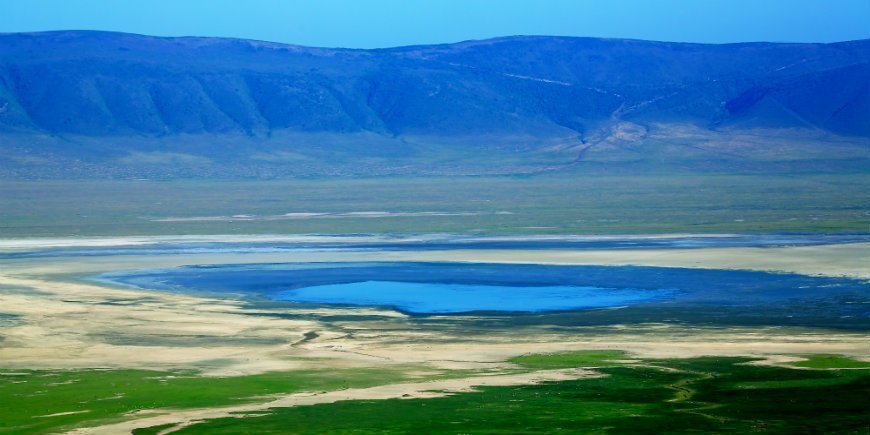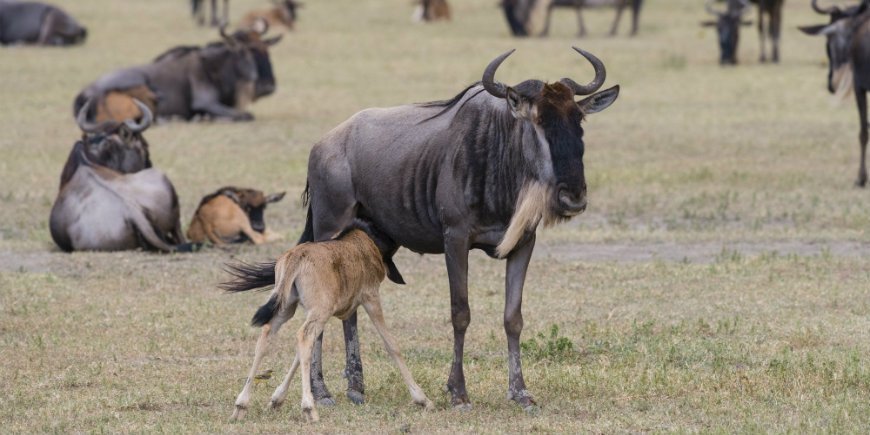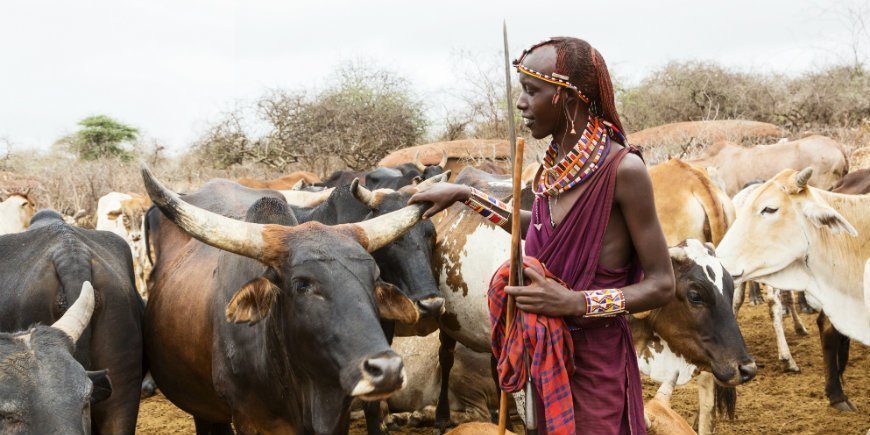The Ngorongoro Crater in Tanzania
02.12.2018
There are many amazing national parks in Tanzania.
One of the most unique national parks in Tanzania – and Africa – is the Ngorongoro Crater, which is located in the Ngorongoro Conservation Area in Tanzania.
The Ngorongoro Crater is one of Africa’s seven natural wonders – and for good reason!
What is the Ngorongoro Crater?

The Ngorongoro Crater is a volcanic caldera – a cauldron – which formed after an explosive volcanic eruption. The volcano exploded 2.5 million years ago, leaving the world’s largest intact caldera.
The caldera covers an area of 260 km2 and is around 610 metres deep. The area has very varied nature with everything from lush forest to savannah.
The crater is part of Tanzania’s national park, the Ngorongoro Conservation Area, where there are two other craters.
Wildlife in the Ngorongoro Crater

The Ngorongoro Crater is a UNESCO World Heritage Site, as the crater itself and its wildlife are one of the greatest natural wonders of the world. Today, the crater is home to a vast array of exciting animals, making the national park the perfect place to go on safari!
Some 25,000 wild animals are to be found in the crater, including zebras, buffaloes, wildebeest, elephants, lions, rhinos, leopards and antelopes. So you are also in with a chance of seeing all the big five animals.
The abundant prey creates good living conditions for lions, and the crater therefore has the largest number of lions in the world per square kilometre. The crater is also one of the best places to see the black rhino. Unfortunately, you won’t see any giraffes in the crater as the sides are too steep for the giraffes’ legs to descend.
Last but not least, the Ngorongoro Crater also has a fantastic birdlife, making the crater the perfect safari destination for bird lovers. You’ll find more than 500 different bird species here, and with a bit of luck, you’ll see large flocks of flamingos at the crater’s lakes.
The great migration

In addition to the animals that always live in the park, some two million animals migrate through the crater during the great migration between December and March in their search for grass.
The great migration consists mainly of wildebeest, but thousands of zebras and gazelles also join the great migration in their search for fresh grass.
The Masai in Ngorongoro Conservation Area

The Ngorongoro Conservation Area is home to the African Masai tribe, which is perhaps one of Africa’s most fascinating tribes.
The tribe arrived in the area 200 years ago, and there are around 42,000 Masai in the area today. They live in small villages, in small, round clay huts.
The Masai are herders and keep goats and cattle. The cattle are an important part of the Masai’s lives as they are a source of food. The prosperity of the Masai is measured in cattle and the number of children they have.
The tribe is semi-nomadic, moving with the rain to find grass for their animals. In the rainy season, they live on the open plains, and in the dry season, they head up into the mountains or into the forests.
Do you want to explore Ngorongoro Conservation Area?
Want to meet the Masai and to enjoy unforgettable wildlife experiences in the Ngorongoro Crater?
Countless unique experiences await you on a tour to the world’s largest caldera.
TourCompass – From tourist to traveller
-
General Info
Receive all the latest news and offers delivered to your inbox!
Registered in England.
Registered Office:
Nucleus House 2
Lower Mortlake Road
Richmond, TW9 2JA
Company no.: 11454726

E-mail: info@tourcompass.co.uk
ATOL protected no. 10558.
ABTA member no. Y6104.
Read more.